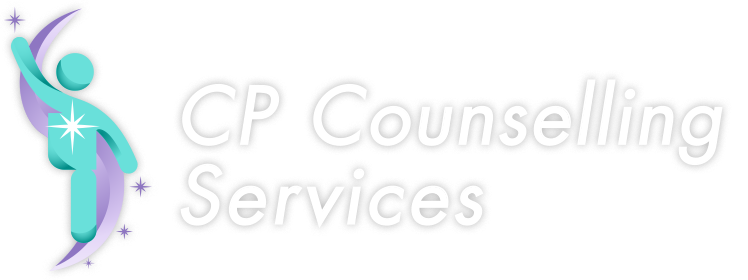An Introduction to Polyvagal Theory
Dr. Stephen Porges, is the originator of Polyvagal Theory, and he identified a biological order of human response that is active in all human experience. You see, we come into the world wired to connect. Even with our first breath, we are seeking and searching to feel safe in our bodies, in our environments, and in our relationships with others. Polyvagal Theory tells us that our autonomic nervous system is our personal surveillance system, and it’s always on guard. Its goal is to protect us by sensing safety and danger, listening moment by moment to what is happening in and around our bodies and in the connections we have with others. This sensing happens far below awareness and is not under our conscious control.
The polyvagal theory (poly meaning “many,” and vagal meaning “wandering”) explores the different parts of the nervous system and the body’s responses to stress. This theory considers how the Vagus nerve—the longest nerve in the autonomic nervous system running from the brain stem to the colon—gives the mind and body their strong connection.
There are Three Organizing Principles of Polyvagal Theory. The first is called Co-Regulation. The autonomic nervous system sends and searches for cues of safety or cues of danger. The Drive to Survive and the Longing to Connect are two primary experiences which coexist in the autonomic nervous system. Sometimes they work together and other times they are in opposition to each other. Coregulation is how the autonomic system is both shaped and regulated through interactions with others. It is a biological imperative.
The second Organizing Principle is called Neuroception. Coined by Dr Stephen Porges, neuro means nervous system and ception is for perception. Neuroception explains how the autonomic nervous system take in information without involving parts of the brain. Neuroception responds to cues of safety or danger within oneself, in-between relationships and in our environment.
The third Organizing Principle is the Autonomic Hierarchy or the three predictable pathways of response. 500 million years ago, the Parasympathetic Dorsal Vagal evolved as a system of immobilization. If our neuroception detected life threat, this pathway would be adaptive protection by immobilizing us, shutting us down, freezing, collapsing – whatever it would take to keep us alive.
400 million years ago saw the Sympathetic or Fight or Flight evolve. If our neuroception detected danger, our bodies would then prepare to adaptively protect ourselves with a surge energy including adrenaline and cortisol and thereby getting ready to either fight or flee.
200 million years ago evolved the Parasympathetic Ventral Vagal pathway. This is a system of safety and connection. Here we enjoy social connection, health, healing, and restoration.
As you may have already noticed, we only feel safe and connected if we are in the Ventral Vagal Pathway. Now here’s the important thing, a healthy nervous system will move up and down this “autonomic ladder” fluidly and that is what we want. However, when there are not adequate resources such as internal stability, environmental safety and social support we may enter a state of being “stuck” in either flight or flight or Immobilization -or fluctuate between the two. This can create a cycle of disconnect, ill-health, no opportunity for connection, healing, or restoration. Another quote from Dr Stephen Porges is that “Trauma is a chronic disruption of connection.”
With the help of a Polyvagal Informed therapist, you can become aware of this initial understanding of the role and responses of the autonomic nervous system. This system works in the service of our safety and survival, in fact, Polyvagal is known as “The Science of Safety.” You can begin to befriend the autonomic nervous system and map personal response patterns. Mapping gathers information for us and leads naturally to tracking. With the awareness of tracking – that is what state are you in, how did you get there, and how do you leave or stay there – you can then begin to intentionally tune and tone your autonomic nervous system. We all strive and yearn for safety and connection and now we have a scientific way to navigate our quest!
See you next time 😊

